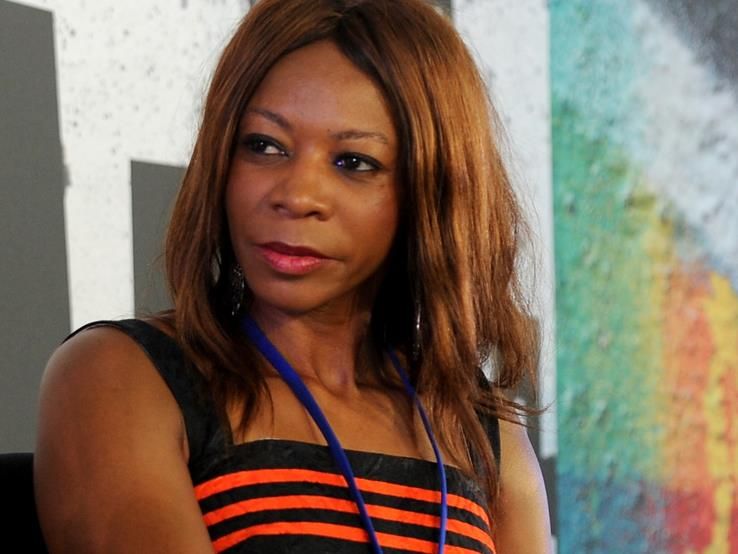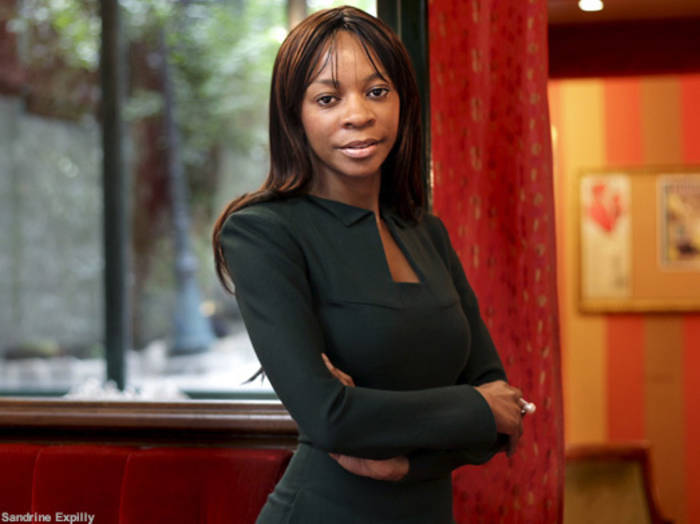10 Minutes With
Star Economist
Dambisa Moyo
BY POOJA BHATIA
Inequality is one of the hottest-button issues of our time — the source of fiery debatesover its extent, how to reduce it and even whether it’s really a problem. For starters, though, it’d help to define what we’re talking about when we talk about inequality: gender, sexual preference, race, economic? Access to resources (and which resources)? Among countries or within countries?
One lover of such precision is Dambisa Moyo, a Zambia-born macroeconomist who started off as a banker — at the World Bank and then Goldman Sachs — and is now one of the world’s most prominent thinkers on international development. She published her first book, Dead Aid: Why Aid Is Not Working and How There Is a Better Way for Africa, in 2009, just as the effects of the global financial crisis had begun reverberating through supposedly “developed” economies. And indeed, much of her work — about infrastructure and education in the United States and growth in China — has tended, deliberately, to interrogate the line between developed and undeveloped.
We caught up with Moyo at OZY Fusion Fest yesterday before she appeared on a panel, sponsored by the Ford Foundation, on inequality. Let it be known that Moyo is a kickass dresser with a charming British accent and that this interview has been edited for clarity.
OZY: Why is income inequality worsening in the United States? It’s a complex issue, of course, but what major trends do you think have widened the gap?
Dambisa Moyo: It’s a terrific question. I believe that at its very core, income inequality is growing because of the erosion of social mobility. We as economists and public policymakers know that income inequality has been an issue from time immemorial. The difference now is in the expectation of being able to deal with it. We were once quite optimistic that when people were able to get an education, get a job and therefore get a higher income, that would close the income gap.
But we’ve seen a significant erosion in social mobility. For example, if you were born into a household below the bottom 25th percentile of income, your chances of ending up in the top 25 percent have halved — in just the past 30 years. So those types of statistics are quite disconcerting. And it is worth pointing out that this is not just about the United States.
This is a global phenomenon, though. Even apart from the wealth gap — today, the 62 wealthiest people in the world have more wealth than the bottom half of the world’s population— income inequality has increased for many countries around the world. Particularly developed countries.
OZY: What are some of the best policies to increase social mobility and reduce income inequality?
D.M.: I would frame it as needing to separate short-term interventions versus long-term interventions. It behooves and is advantageous for society to ensure that every member of society is living at some basic level of income. The public policy interventions there tend to be around transfers and minimum wages. But longer term, you need to invest in education and infrastructure. And here, in the U.S. in particular, there has been an underinvestment in quality education. On a dollar basis, education spending is up, but the quality of education outcomes has deteriorated significantly.
To put it in context, the OECD has a very scary statistic that this generation of Americans, for the first time in the 300-year history of the United States, is the first generation that will be less educated than the preceding generation. This is quite damning. And it’s not just about the United States growing — it’s about the global economy too. Many countries depend on the United States to be a leader, especially in things like R&D.
OZY: What say you about the state of women’s equality?
D.M. Well, obviously, the good news is that we’ve had a lot more women coming into the workforce. If you think about the United States in the 1950s and even since World War II, a lot of women were absorbed into the economy as workers. So the whole economy has benefited considerably, not just from the advent of technology, but also from the changing demographics of women in the workforce. If you look across the world right now, even in Africa, we have two female presidents, very senior policymakers, and not just in Africa, either. Really, across the world, we’ve seen women’s aspirations and opportunities expand quite considerably.
Nevertheless, because women tend to be the homemaker and, increasingly, primary income earners in the household too, the income-inequality issue takes on even more importance. One of the common statistics is that women are earning a fraction of the income on the men’s dollar.
+++++++++++
Pooja Bhatia is OZY’s deputy editor. She has written for The Wall Street Journal, The New York Times and the Economist, and was once the mango-eating champion of Port-au-Prince.
>via: https://www.yahoo.com/news/10-minutes-star-economist-dambisa-080000339.html



